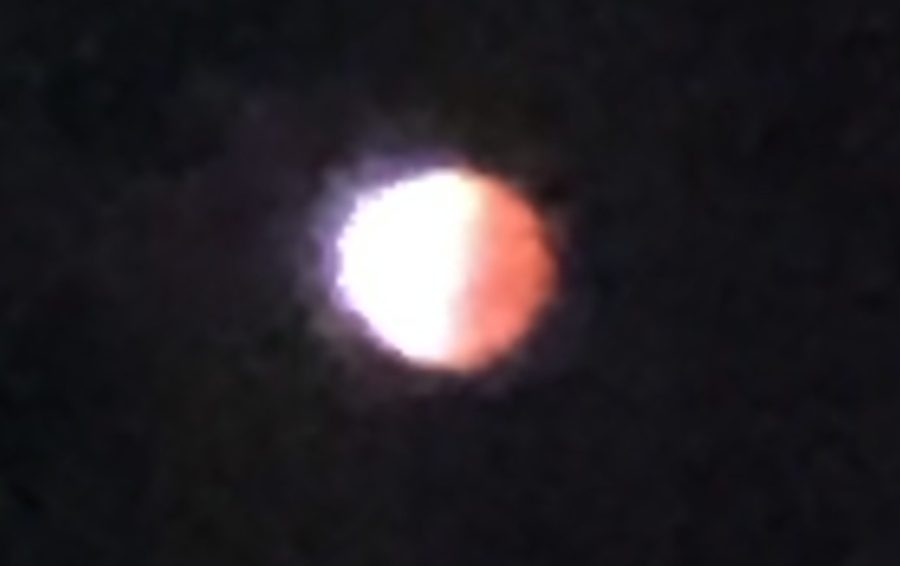Longest Partial Lunar Eclipse Glides Through Austin Night Sky
Also called the Beaver Moon, the moon became a red-pinkish color as it overlapped with the earth’s shadow.
November 19, 2021
It won’t come around again for another 600 years, but the longest partial lunar eclipse in half a millenia was visible across the United States the night of Friday, Nov. 19. This is because the moon is currently at maximum distance away from the earth, and the last occurrence of such an eclipse is said to have happened on Feb. 18, 1440.
To residents of Austin, the eclipse became visible at around midnight, and was at its peak at 3:02 AM. The eclipse lasted around six hours; while it was not a total lunar eclipse, approximately 97% of the moon was covered by the earth’s shadow.
Experts predict that it will be the longest partial lunar eclipse until around 2669, six centuries into the future.



